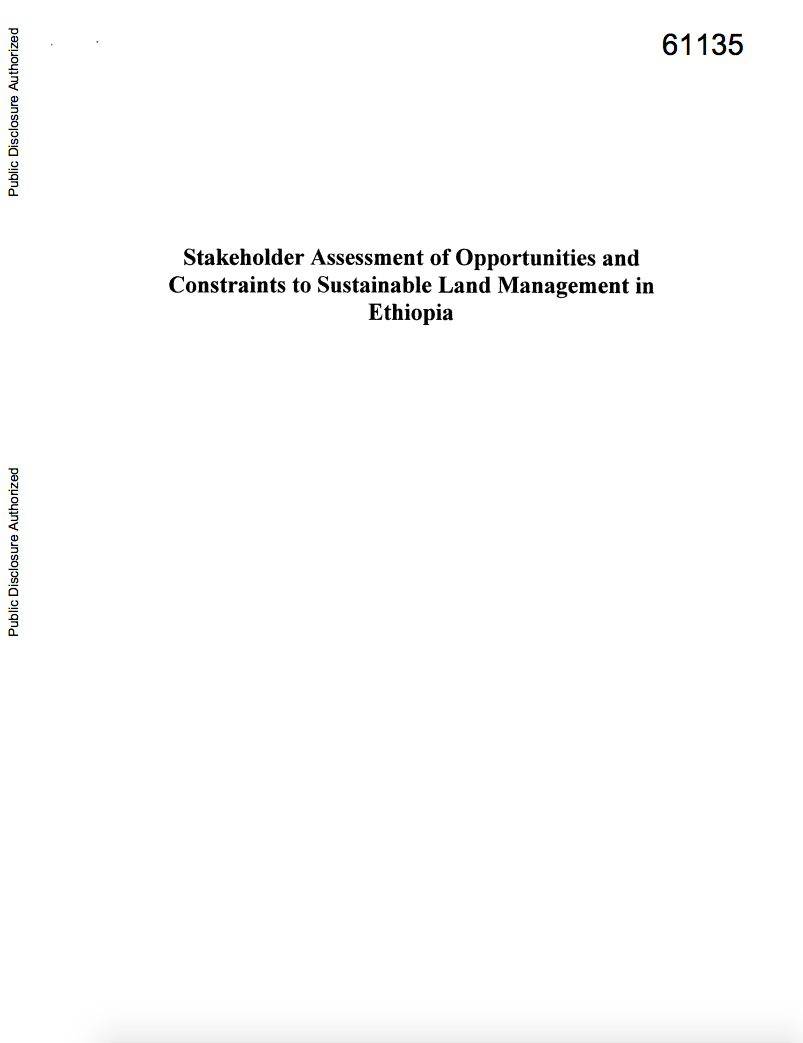Integrating Land Financing into Subnational Fiscal Management
Land assets have become an important
source of financing capital investments by subnational
governments in developing countries. Land assets, often with
billions of dollars per transaction, rival and sometimes
surpass subnational borrowing or fiscal transfers for
capital spending. While reducing the uncertainty surrounding
future debt repayment capacity, the use of land-based
revenues for financing infrastructure can entail substantial


